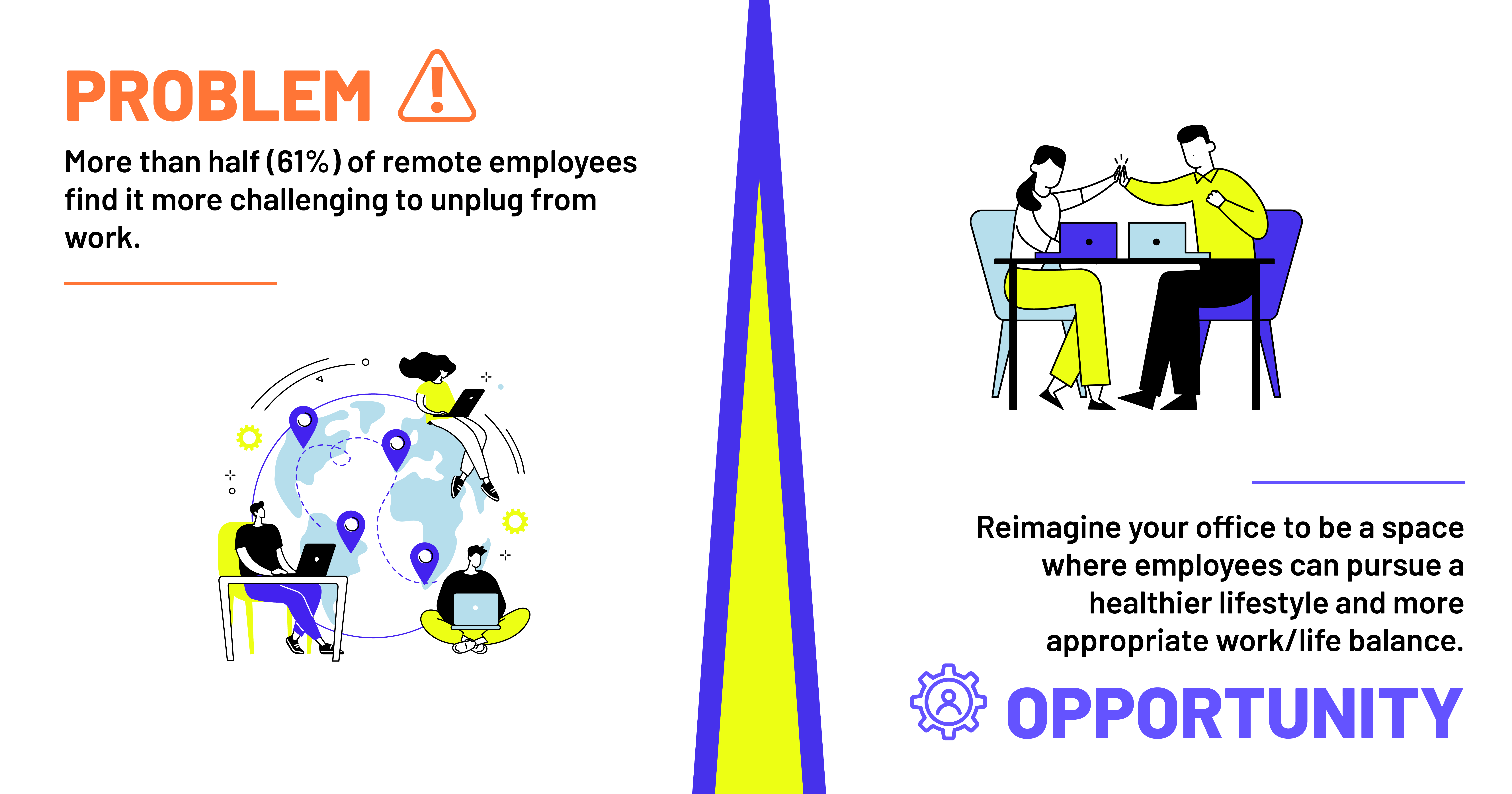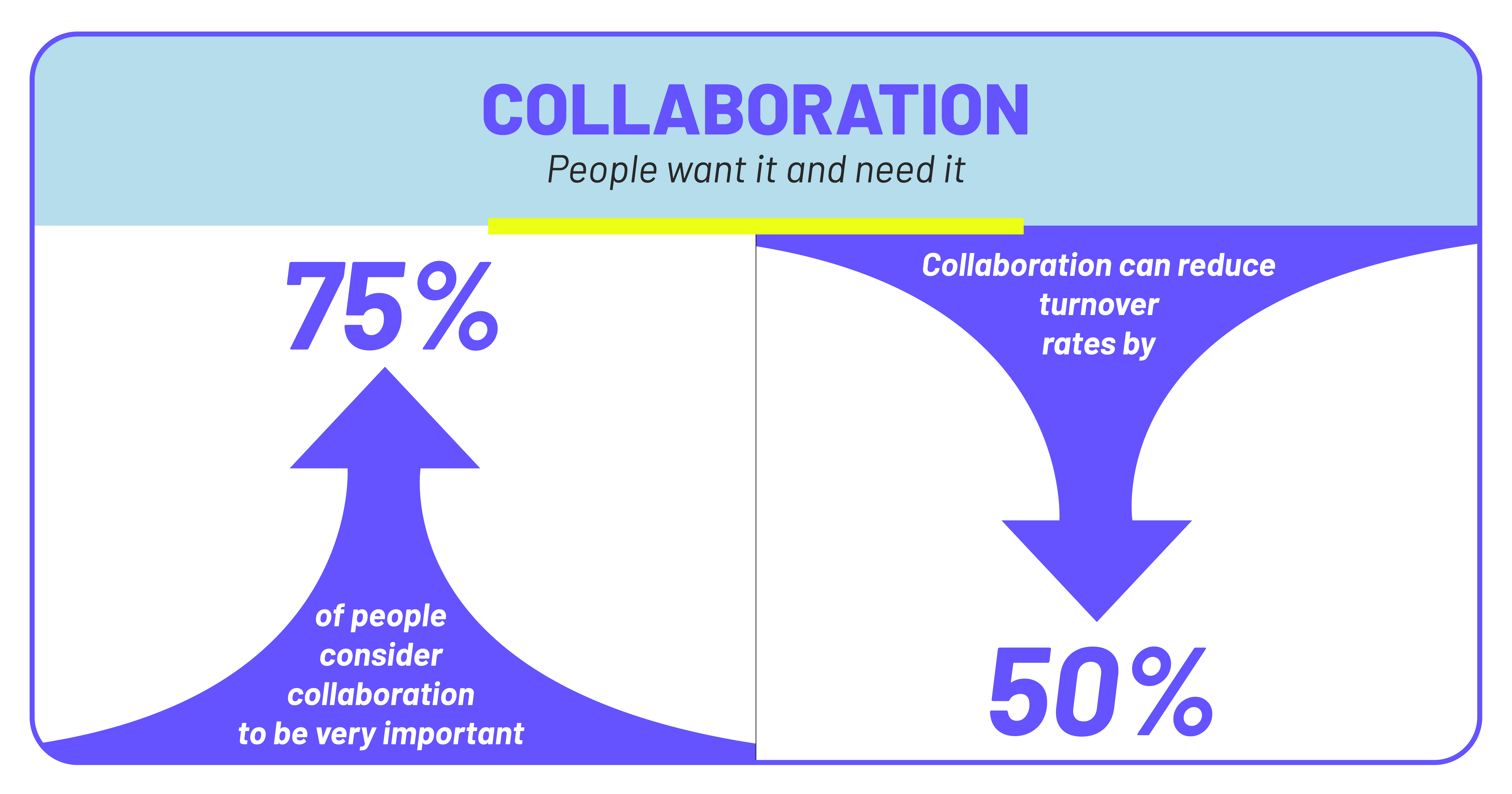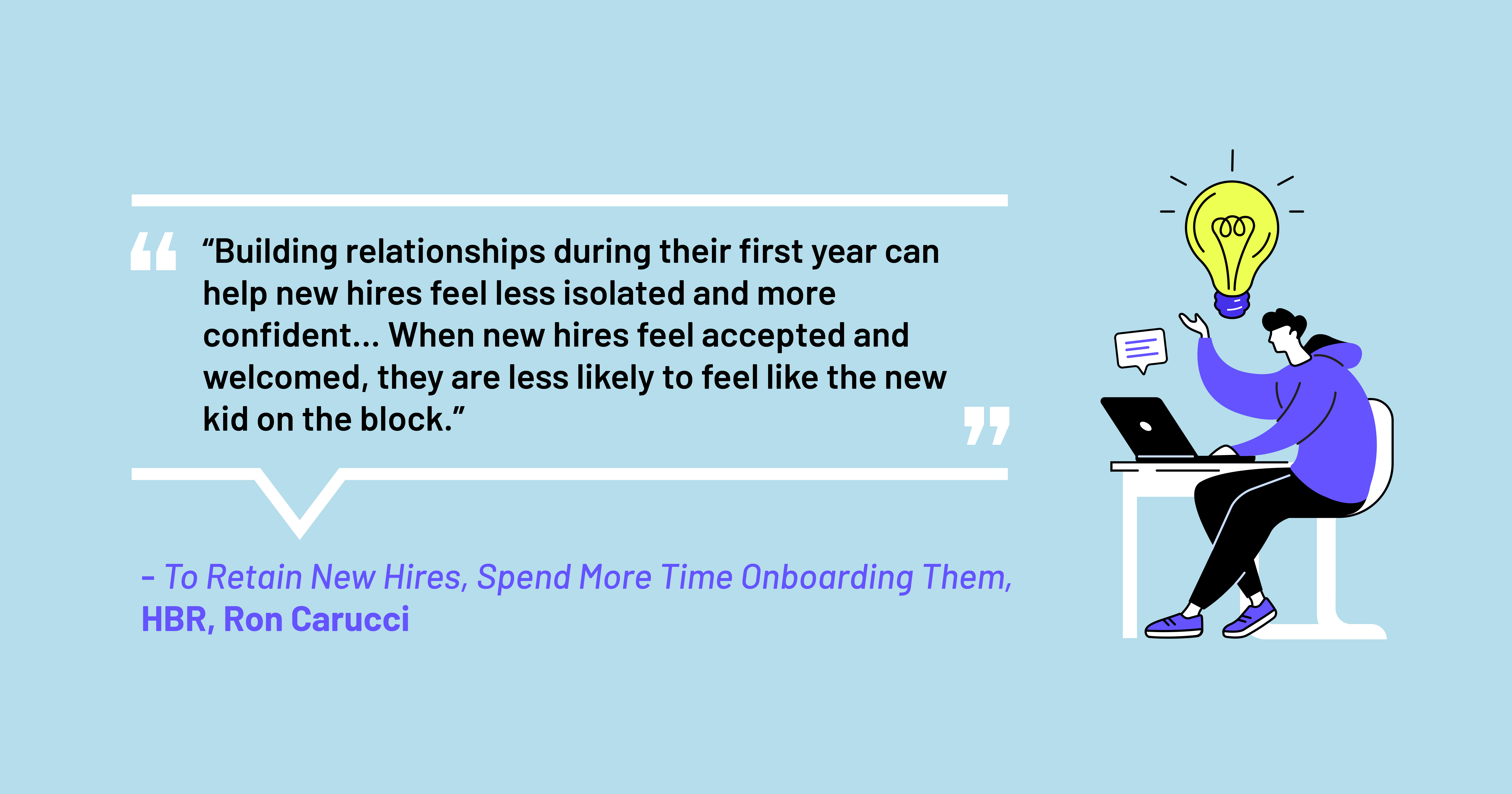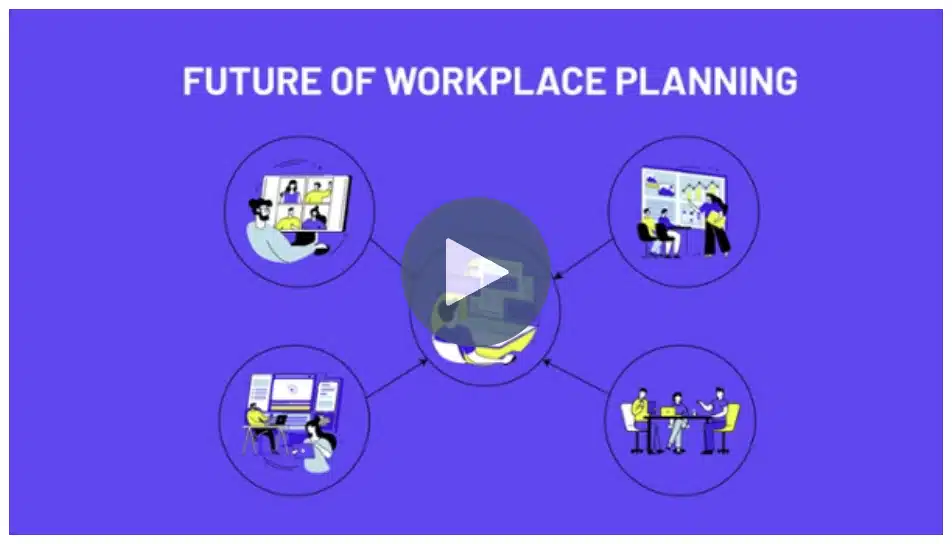Socialization is a great way to increase office engagement–but what other activities can draw employees back to in-person spaces?
Offering a clubhouse office has become a great way to drive office engagement. These workspaces are “epicenters of employee culture, connection, and community” and predominantly drive office attendance by way of socialization.
While socialization is an important incentive that can increase office attendance, socialization shouldn’t be the only motivator for employees to leave their remote working environments.
What draws people to offices?
In general, there are four activities—outside of socialization—that can draw people to offices:
- Collaboration
- Learning and professional development
- Burnout reduction
- Onboarding
1. Collaboration
Approximately 75% of employees consider collaboration and teamwork as “very important” to their work. It’s also estimated that companies that foster a healthy culture of collaboration and communication, can reduce turnover rates by 50%.
One of the main reasons why people enjoy using office space is interacting with colleagues—since Covid, 45% of employees say they miss in-person meetings and collaborative activities. While many employees want to use the office for collaboration, many offices aren’t designed to facilitate more “we” space. Most traditional office spaces dedicate 70% of the office to individual spaces. On average, individual spaces take up 250 to 300 square feet per individual—leaving only 30% of space for collaboration.
If in-person collaboration is a desire of your employees, it may be time to flip the traditional 70/30 ratio to one that allows for more collaboration and team-based activities.
2. Learning and professional development
Among Gen Z’ers, 48% of workers admit to being bored with their work-from-home jobs. And while socialization is a contributing factor in younger workers’ boredom, learning opportunities and professional development is right up there with why they’re bored with working remotely.
“Gen-Z workers want to continue to learn new skills to further their professional development” and it’s important for companies to not neglect their responsibility in providing opportunities for all employees to hone their skills and learn.
“People like to learn because it gives a feeling of fulfillment and enrichment,” says Phillip Youakim, Saltmine’s Director of Customer Success and architect/designer. “Associate the office with these types of rich experiences. This keeps them not just in an office but at a company.”
3. Burnout reduction
While some employees–approximately 30%—feel more productive and engaged when working from home, this increase in productivity and engagement has contributed to an uptick of longer hours and decreased use of time for sickness and mental health.
In 2020, employees who “mainly,” “occasionally,” or “recently” worked remotely, averaged around six extra hours of work per week. Remote employees are also more likely to work later in the evening—extending the work day to anywhere between 6 pm and 11 pm. 
According to a 2021 study by Indeed, the burnout rate among employees is 52%—a +9% increase from a previous, pre-Covid survey. Among remote workers, 61% of employees find it more challenging to “unplug” from work during traditionally non-work hours.
Burnout and workplace stress is a serious problem—in the US alone, burnout and work-related stress contributes to nearly 120,000 deaths per year. In an age of increased rates of burnout, workplace teams and organizations have a unique opportunity to provide employees with in-person spaces that combat burnout:
- Meditation and quiet rooms: Many employees–particularly those with children—often have a hard time finding quiet places to unwind and relax. By building in these safe, individual spaces in your office, workers will feel encouraged and empowered to take breaks throughout the day to refocus and recharge.
- Tech-free zones: While technology has enabled people to seamlessly connect via the digital realm, offering employees tech-free spaces can help increase critical thinking and employee wellness.
- Health and wellness activities: It is estimated that office spaces go unused 55% of the time. This means that many organizations have ample opportunities to repurpose office space to facilitate more than just work-related activities. Consider dedicating a portion of your office space to be a gym or a multipurpose space to hold group fitness classes.
In short, make your office a place where employees can pursue a healthier lifestyle and promote a culture that values an appropriate work/life balance.
4. Onboarding
As talent retention becomes a key factor in business success in response to events like the “Great Resignation,” onboarding new employees is a crucial step in reducing turnover. Onboarding new employees should make them feel confident and prepared for a new role, as well as assimilated in their new company’s culture.
According to a report by Gallup, 88% of employees receive a lackluster onboarding experience which contributes to the 50% chance that employees will leave their company within the first 18 months of employment. Onboarding was broken before the pandemic and Covid didn’t help the situation. It is estimated that 31% of employees have struggled to connect with colleagues amidst totally virtual onboarding experiences—heightening the feeling of disconnect between new hires and their new company.
Positive onboarding experiences on the other hand can increase retention by 50% and can also boost productivity among new hires by 62%. While some companies do have well-organized virtual onboarding, the office can be a more intuitive way to assimilate new hires and immerse them in their new company’s culture:
- Assimilating new hires takes intentionality and is a great way to communicate a company’s values and norms. It also provides an opportunity to show what success looks like. Consider setting up times for new hires to meet with company “heroes,” face-to-face, to show them how colleagues have grown within the context of their company.
- Immersing new hires in their new company’s culture—physically—allows employees to “feel” company values. As noted by Gallup, PowerPoint slides listing core values isn’t enough to make new hires feel like they belong. Encourage new employees to come into the office by scheduling team lunches, coffee with executives, and fully show them why being a part of your culture is worthwhile.
As 40% of adults already struggle with loneliness, providing new hires with a sense of community is critical when it comes to combating feelings of isolation. Use your office to provide a stellar onboarding experience that welcomes and assists new hires in the search for belonging at your company.
Saltmine x Your Future of Workplace
Reimagining space to better reflect company culture and providing an engaging office experience, is key for executing a successful workplace. Planning your future workplace is a nuanced undertaking and dynamic opportunity. As cultures and norms continue to evolve, businesses are still learning how to design spaces that fit new work styles. Saltmine provides assistance with developing strategies and designs that can construct agile and flexible hybrid workspaces. To learn how our platform can play a critical role in establishing your workplace of the future, watch the video below:
Enjoying our blog? Be sure to subscribe to stay up-to-date on Saltmine's original content with the form below!





